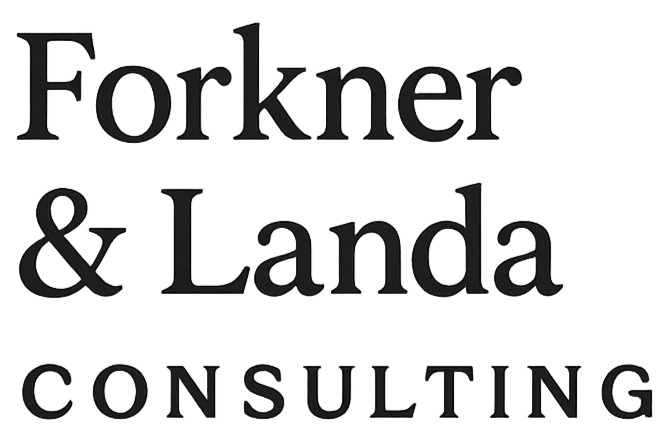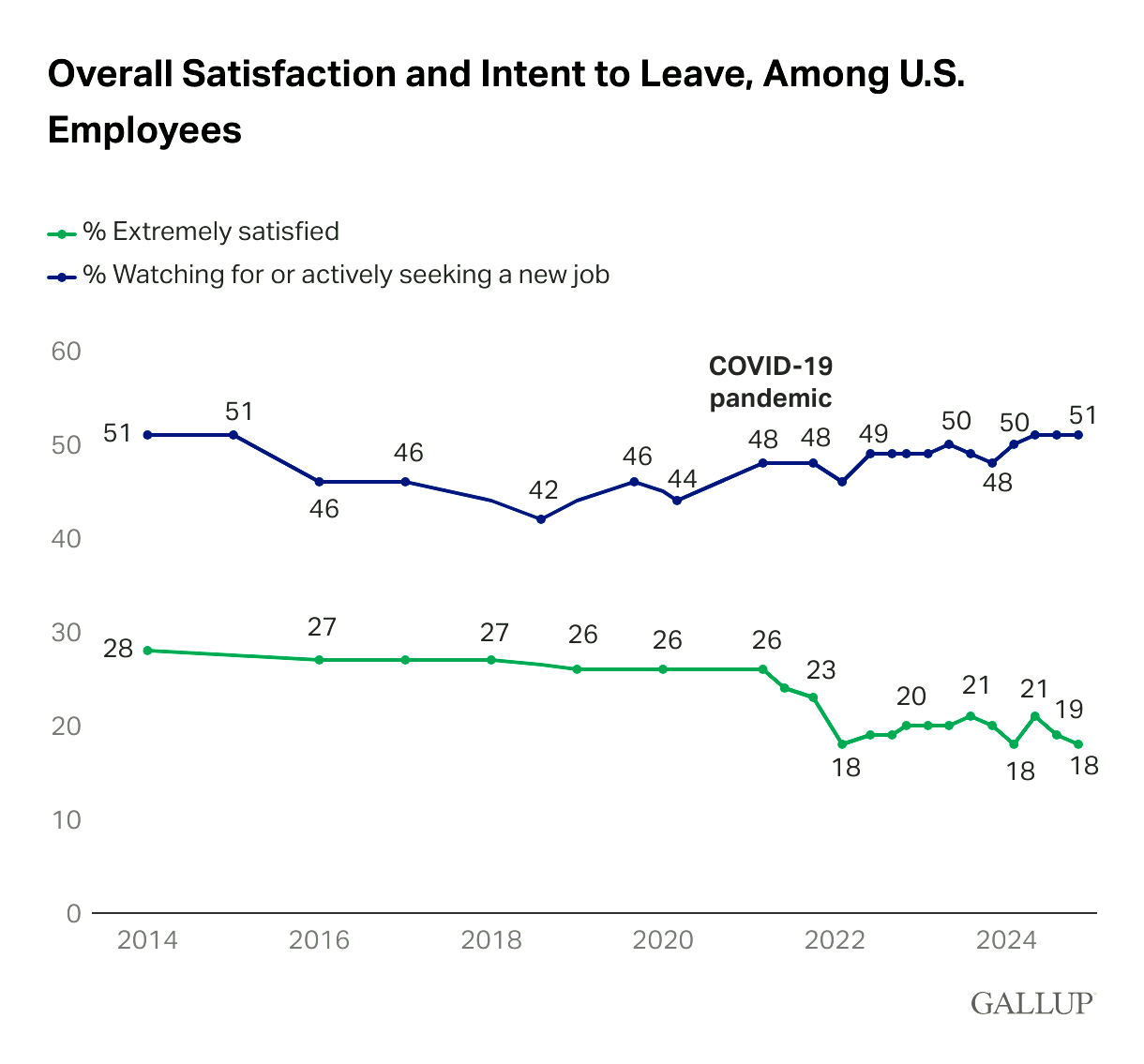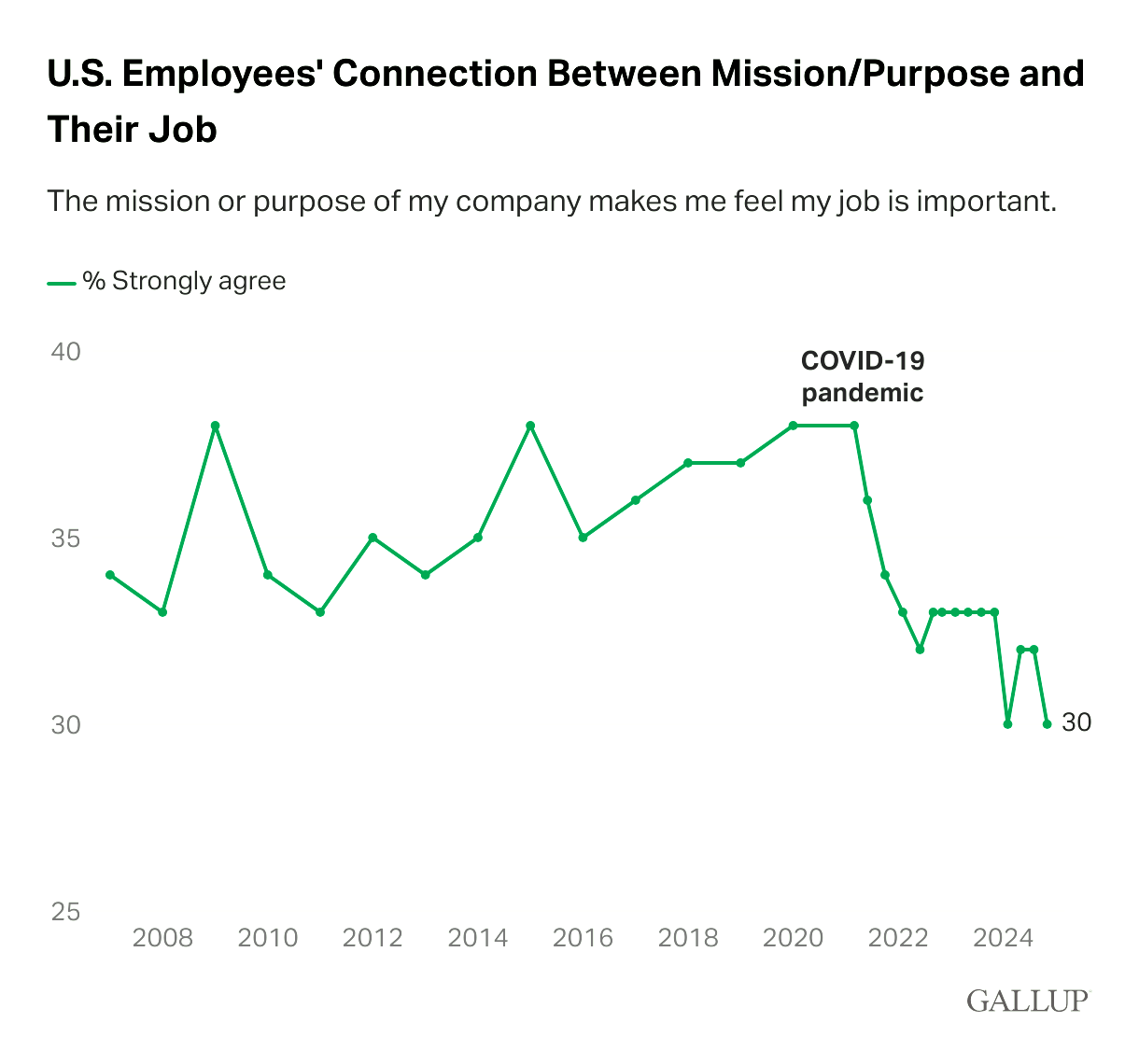PERMA IN THE WORKPLACE
As humans, we all strive to feel good—and as leaders, we aim to create environments where people and organizations thrive. Research shows that when employees feel well, they perform well. The PERMA model, developed by Dr. Martin Seligman, identifies five key elements of well-being: Positive Emotion, Engagement, Relationships, Meaning, and Accomplishment. Each is measurable, evidence-based, and linked to higher performance.
In an era of loneliness, disruption and burnout, we help leaders apply PERMA to build resilient, thriving teams and lead with purpose, clarity, and impact.
THE CURRENT LANDSCAPE AND WHY OUR SOLUTION MATTERS
The digital workplace has introduced new forms of stress and uncertainty. Technostress significantly reduces job satisfaction, organizational commitment and job performance. Constant notifications, blurred work-life boundaries, and pressure to keep up with new tools have made work more fragmented and harder to manage. Now, with AI entering the scene at scale, workers are also facing fears about job security, relevance, and autonomy. While technology offers tremendous potential, it’s also driving emotional exhaustion and anxiety. Leaders must respond by building cultures that help people feel grounded, supported, and equipped to adapt—not overwhelmed.
WELLNESS SPENDING, INCONCLUSIVE RESULTS
Organizations have poured billions into workplace wellness initiatives, from meditation apps and gym subsidies to resilience trainings and mental health platforms. Yet despite these investments, burnout remains high and engagement continues to fall. Too often, these programs treat well-being as an individual responsibility rather than a cultural priority. They’re layered on top of systems that remain unchanged, resulting in low adoption, limited impact, and growing skepticism. If well-being is going to matter, it has to be integrated into leadership and workplace culture—not offered as a perk or afterthought.
THE RISING TOLL OF TECH AND AI
The digital workplace has introduced new forms of stress and uncertainty. Technostress significantly reduces job satisfaction, organizational commitment and job performance. Constant notifications, blurred work-life boundaries, and pressure to keep up with new tools have made work more fragmented and harder to manage. Now, with AI entering the scene at scale, workers are also facing fears about job security, relevance, and autonomy. While technology offers tremendous potential, it’s also driving emotional exhaustion and anxiety. Leaders must respond by building cultures that help people feel grounded, supported, and equipped to adapt—not overwhelmed.
Source: Microsoft
THE PURPOSE GAP
As job satisfaction declines, so does the sense of meaning in work. More and more employees report feeling detached from the mission and values of their organizations. This loss of purpose contributes to lower motivation, weaker performance, and rising turnover. People want their work to matter—but slogans and posters aren’t enough. Purpose has to be felt in the day-to-day. That means leaders must create conditions where people see how their efforts contribute to something bigger, and where connection, growth, and recognition are woven into the culture.
THE CASE FOR A BETTER APPROACH
To meet this moment, organizations need more than surface-level solutions. They need leadership practices grounded in what actually helps people thrive. Our approach draws from the science of human flourishing, using the PERMA framework to help leaders create environments where people feel connected, capable, and inspired. By integrating these principles into how leaders manage, communicate, and make decisions, we move beyond reactive wellness programs and build cultures that support lasting engagement, resilience, and performance. This isn’t about fixing individuals. It’s about redesigning the conditions in which people and organizations can flourish together.






